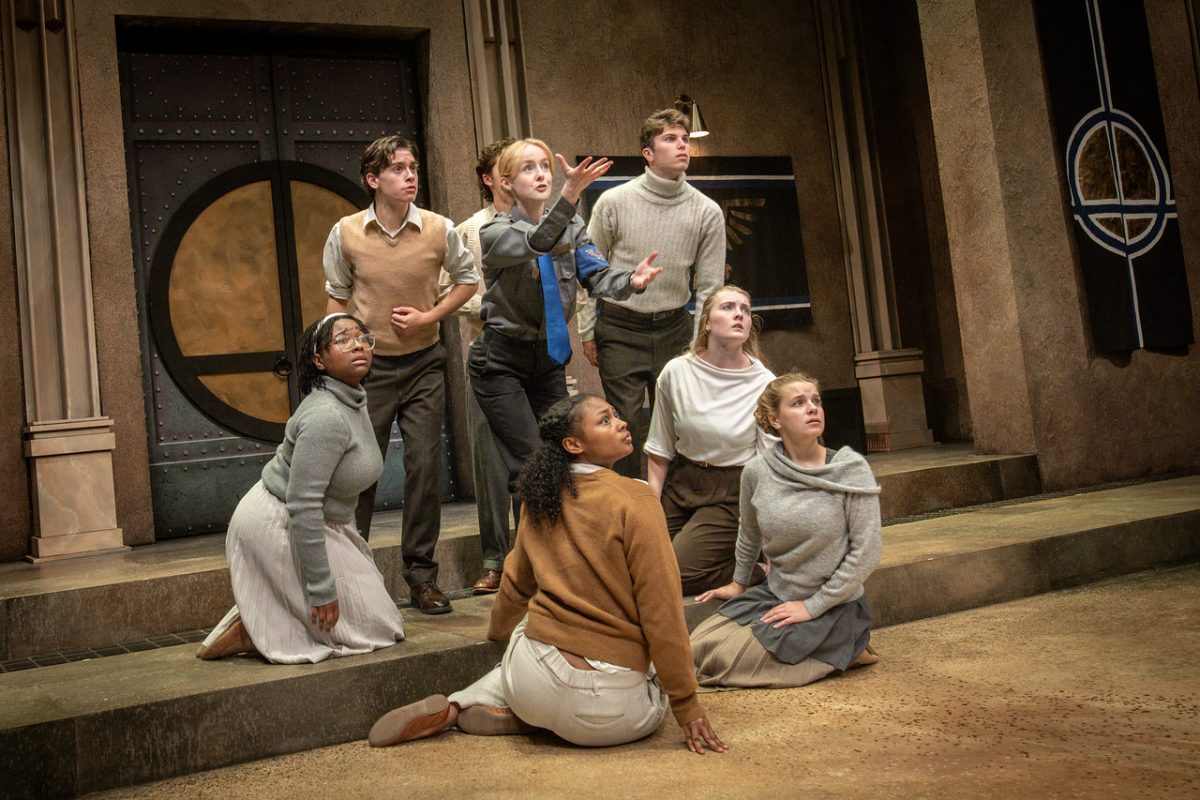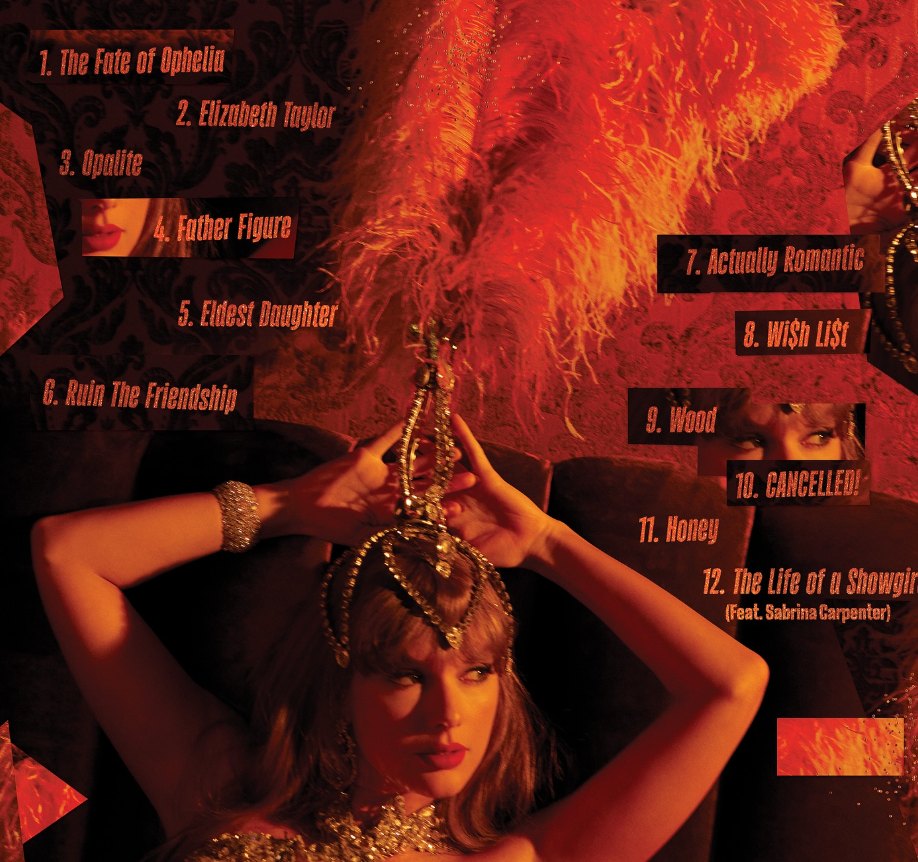On October 20th, a day that fell in the midst of students placing Amazon orders for costumes and accepting invitations to Halloween parties, the Fraternity and Sorority Life (FSL) advocates presented a faculty speaker who stood before an audience in the Barnes Center and explained what cultural appropriation is, how to avoid it in your costumes, and the effect it can have on marginalized cultures.
Before Lori Pindar was the Assistant Director of the Erwin Center for Brand Communications in the College of Business, before her research was published in the Handbook of Religion and Health Communication, she attended Clemson University as an undergraduate student.
At her talk, Pindar pointed to a PowerPoint slide displaying pictures of students wearing blackface, men with sagging jeans and malt liquor taped to their hands, women who had stuffed their pants.
“It was winter, spring semester on MLK Day,” she said. “I am a sophomore and I get on Facebook and I log on. It’s about eleven o’clock and I get an AOL instant message that says check so and so’s profile. They have an album up. I opened up Facebook and I thought: I don’t even feel safe anymore.”
How can you identify cultural appropriation? Maybe the term invokes images of the 2012 Victoria’s Secret Fashion Show, when Karlie Kloss strutted the runway wearing a Native American war bonnet, traditionally worn by influential members of a tribe, or maybe you think of Kim Kardashian wearing cornrows.
“Anyone know the history of cornrows?” Pindar asked, then explained, “Cornrows were donned by many people who were enslaved. They would braid seeds, rice, things that would hopefully help them subsist when they made it to wherever they were going.”
.Before the talk began, three Fraternity and Sorority Life (FSL) students agreed to an interview but they preferred to remain unnamed. One of the students said that she had heard the words “cultural appropriation” before but never really looked into it; “Yes this is the first time,” another FSL member said, and the last one nodded in agreement, peeling the wrapper from her complimentary cupcake.
“When you take something, do something, wear something and it’s coming from a place that doesn’t represent you but represents a people or a group or organization that you may not be affiliated with and may be marginalized, it erases them,” Pindar said, walking around the Barnes Center, her voice reverberating through the wooden rafters of the antique sheep barn and entering the minds of her audience of students.
Her lesson transcended ideas of what we should and shouldn’t wear and taught us how we should think of cultural artifacts as historic symbols, how wearing a cultural artifact such as a Bindi erases a tradition that encompasses thousands of years of Indian wedding ceremonies.
“Who are you to explain that culture?” Pindar asked the audience.
Pindar, who earned a Ph.D. in Educational Leadership from Clemson in 2014, attributes the phenomenon of cultural appropriation to capitalism itself.
“I think capitalist ideals trickle down to the people in (this way): we need it, we want it, but we don’t necessarily want it,” she said in a follow-up interview. “We consume, consume, consume but there’s an emptiness in it.”
The buying and selling of costumes casts a capitalist shadow on Halloween, and Pindar’s ideas shed light on why some costumes may come across as offensive: dressing up as an “Ancient Egyptian,” a real costume for sale in Party City, simplifies that culture to a stereotype and ignores the complex histories behind it.
Pindar does not think we should avoid wearing clothing from other cultures all together. She says there is a way to celebrate multiculturalism in the United States through fashion, but we should be educated about the cultures we reference in our clothing.
As an example of how to ethically wear clothes from other cultures, she described a time when she attended her friend’s traditional Nigerian wedding.
“All of us were able to get clothes made by her dressmaker and wear them to the traditional Nigerian wedding ceremony,” she said. “I have never felt so beautiful but also, I felt so included.”
If cultural appropriation is an ongoing discussion—and Pindar urged the audience to open the discussion—then the feeling of inclusion is the beating heart of the conversation. When we talk about protecting cultural artifacts, defense mechanisms inevitably rise, but Pindar views this conversation as a moment of teaching, she said. “We’re active actors in this thing called life together, so why not make this journey even better by learning.”
This article was written by a student of ENGL 2310: Introduction to Journalism, which is taught by Mike Pulley.









